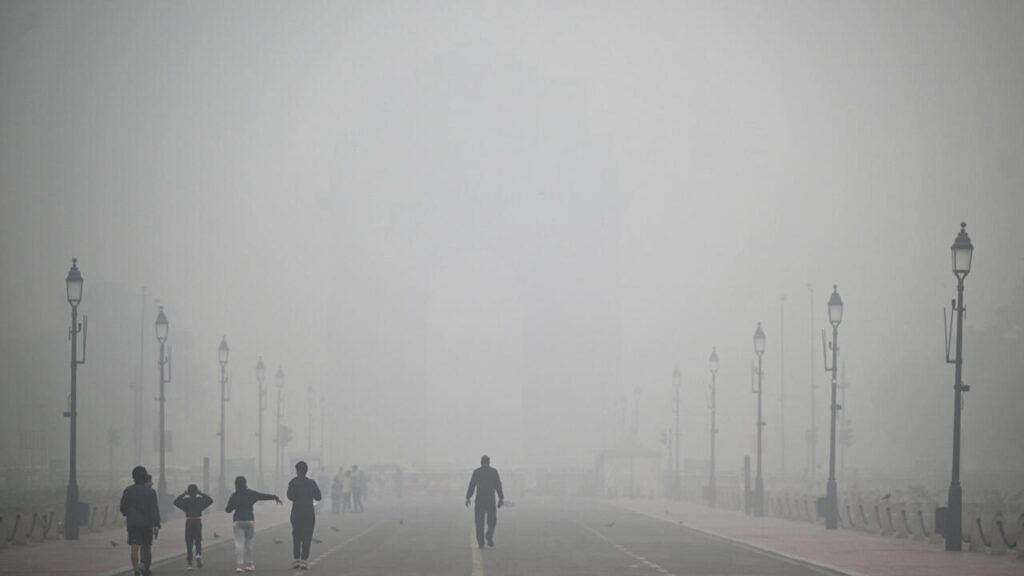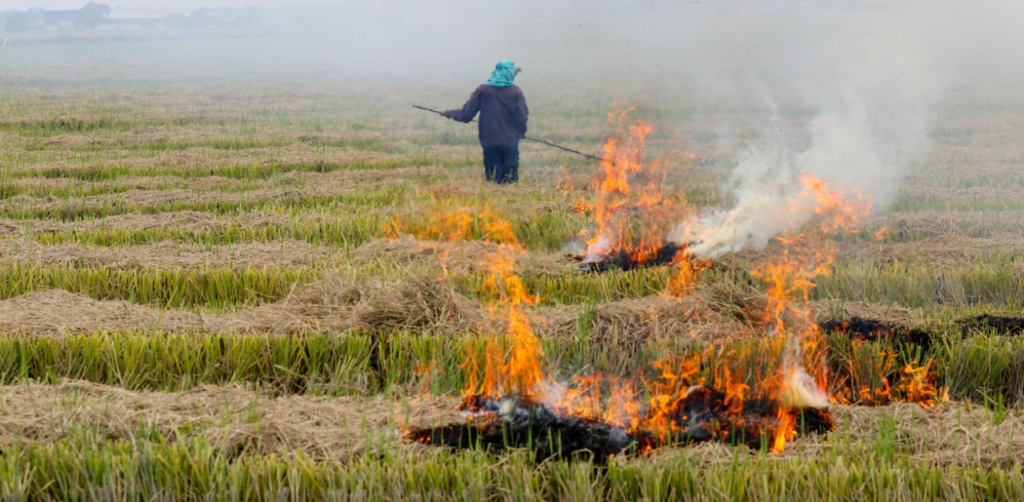
Delhi smog has become a recurring theme in the lives of millions, particularly during the winter months. As the air quality deteriorates, residents find themselves grappling with health issues and environmental concerns. This blog explores the multifaceted nature of Delhi’s air pollution, examining its causes, effects, and potential solutions.
Table of Contents
- The Reality of Delhi’s Air Quality
- Key Contributors to Delhi Smog
- Understanding the Strawman Arguments
- The Health Impacts of Delhi Smog
- Strategies for Improvement
- Conclusion
- FAQs about Delhi Smog
The Reality of Delhi’s Air Quality
Every year, as winter approaches, the air quality in Delhi plummets, leading to a notable increase in respiratory issues among the population. This situation is not merely seasonal; it reflects persistent pollution levels that plague the city year-round. In November, the air quality index (AQI) often reaches alarming levels, making it one of the most polluted cities globally.

As the air becomes laden with pollutants, individuals, especially children and the elderly, are particularly vulnerable. Hospitals see a surge in patients with respiratory problems, highlighting the urgent need for action. The discomfort is palpable as many residents resort to inhalers, even those without a history of asthma. This phenomenon serves as a stark reminder of the toxic air that Delhiites breathe daily.
Key Contributors to Delhi Smog
Understanding the causes of Delhi’s pollution is essential for addressing the issue. While stubble burning is often blamed, it’s only one piece of a larger puzzle. The complexity of air pollution in Delhi is attributed to various factors:
- Stubble Burning: Farmers in the surrounding regions burn crop residue to prepare fields for the next planting season. While this contributes to pollution, it only accounts for a short period each year.
- Vehicular Emissions: The increasing number of vehicles on Delhi’s roads significantly contributes to air pollution. Despite improvements in fuel quality, the sheer volume of traffic generates substantial emissions.
- Construction Dust: Ongoing construction activities in the city release dust particles into the air. This problem is exacerbated by a lack of regulation and compliance with safety measures.
- Industrial Emissions: Factories around Delhi contribute to air pollution, often without adequate oversight. Many industries have relocated to nearby areas, but their emissions still affect the city.
- Weather Patterns: Meteorological conditions, such as low wind speeds during winter, can trap pollutants close to the ground, leading to smog formation.

Understanding the Strawman Arguments
Amid the discussions surrounding Delhi’s pollution, several strawman arguments often arise. These oversimplifications distract from the root causes:
- Stubble Burning as the Sole Culprit: While stubble burning contributes to pollution, it is not the only factor. This misattribution leads to ineffective solutions focused solely on this issue.
- Diwali Fireworks: The air quality worsens around Diwali due to fireworks, but this is a temporary spike rather than a year-round problem.
- Public Transport and Vehicle Emissions: Although public transport improvements, like the shift to CNG, have helped, the overall increase in vehicle numbers offsets these gains.

The Health Impacts of Delhi Smog
The health implications of poor air quality are significant. Prolonged exposure to polluted air can lead to various health issues, including:
- Respiratory Diseases: Increased cases of asthma, bronchitis, and other respiratory conditions are prevalent during high pollution months.
- Cardiovascular Problems: Studies link air pollution to heart issues, including heart attacks and strokes.
- Long-term Health Risks: Chronic exposure to pollutants can lead to severe health complications, including reduced lung function and increased mortality rates.

Strategies for Improvement
Addressing the issue of Delhi smog requires a multifaceted approach. Here are some potential strategies:
- Regulatory Measures: Implement stricter regulations on emissions from vehicles and industries, ensuring compliance with environmental standards.
- Public Awareness Campaigns: Educate citizens about the health risks associated with air pollution and promote sustainable practices.
- Investment in Public Transport: Enhance public transport infrastructure to reduce reliance on personal vehicles.
- Green Initiatives: Promote tree planting and the development of green spaces to improve air quality.

Conclusion
Delhi smog is a complex issue that requires urgent attention. By understanding its causes and effects, we can work towards effective solutions. The health of millions depends on our ability to address this pressing environmental challenge.
FAQs about Delhi Smog
What causes Delhi smog?
Delhi smog is primarily caused by a combination of stubble burning, vehicular emissions, construction dust, industrial emissions, and unfavorable weather conditions.
How does pollution affect health?
Pollution can lead to respiratory diseases, cardiovascular problems, and long-term health risks, including reduced lung function and increased mortality rates.
What can be done to improve air quality in Delhi?
Improving air quality in Delhi requires stricter regulations, public awareness campaigns, investment in public transport, and green initiatives.
Is stubble burning the main cause of Delhi’s pollution?
While stubble burning does contribute to pollution, it is not the sole cause. Other factors, such as vehicular emissions and industrial pollution, play significant roles.
How can individuals help reduce pollution?
Individuals can help by using public transport, reducing vehicle use, participating in tree planting, and advocating for cleaner air initiatives.
Feeling tired Throughout the day?
ReEarthy has natural solutions for you
Note: Images are used for awareness purposes only. All rights belong to their respective owners.

